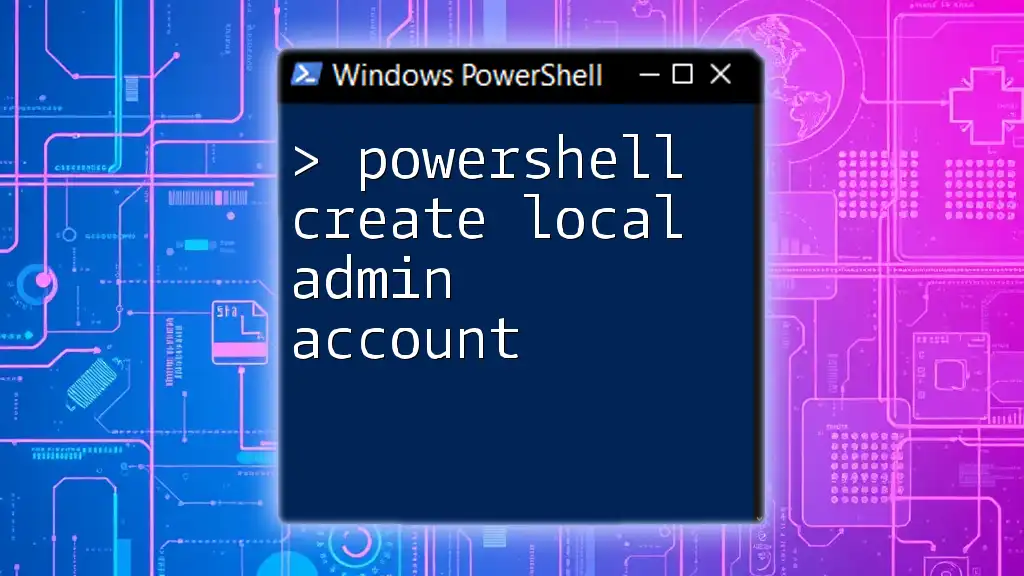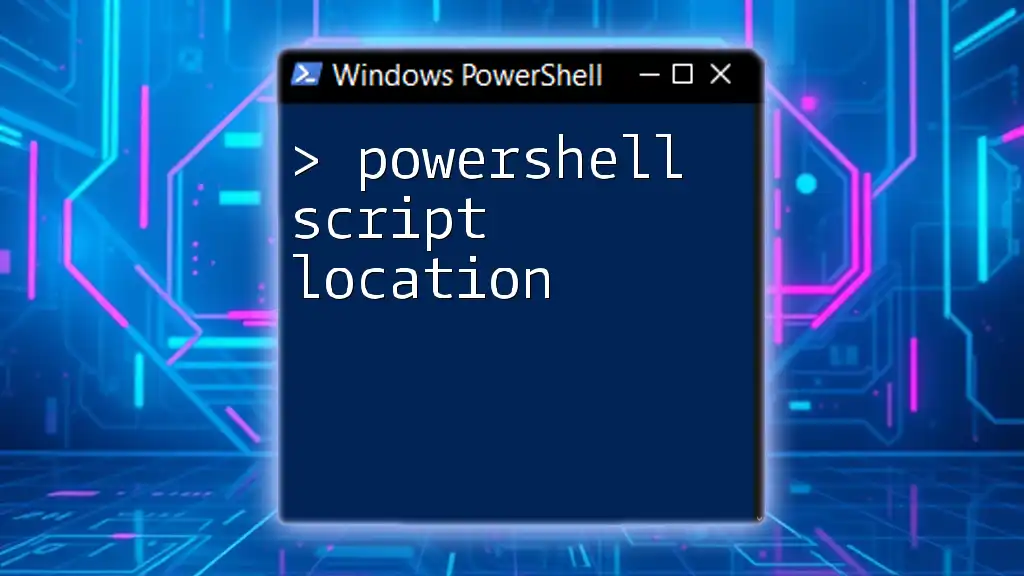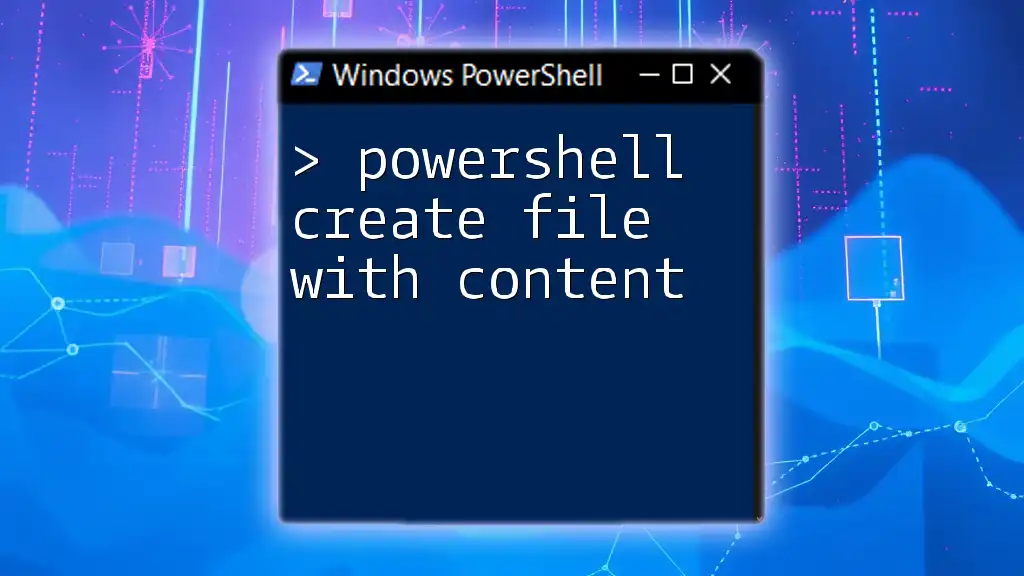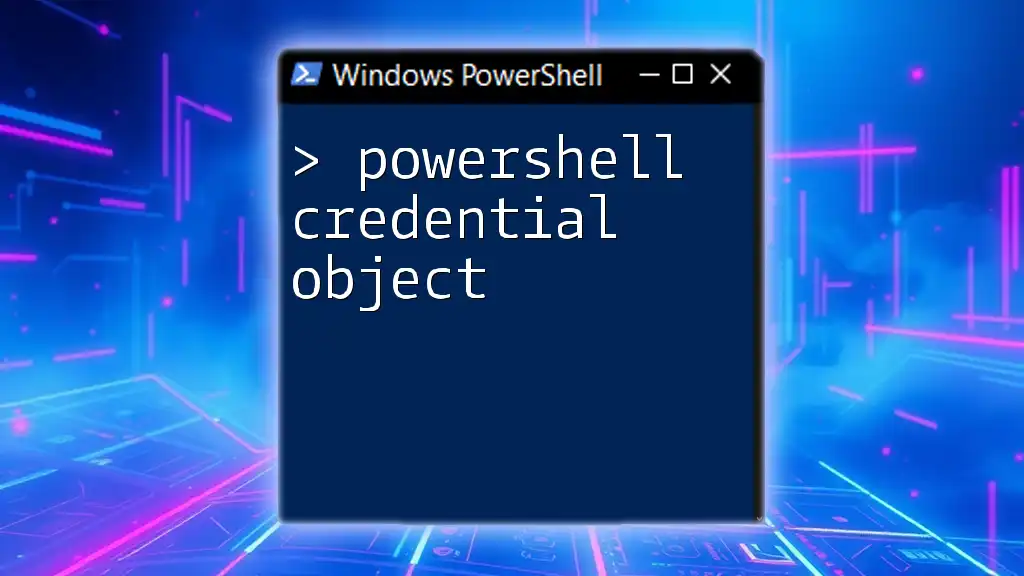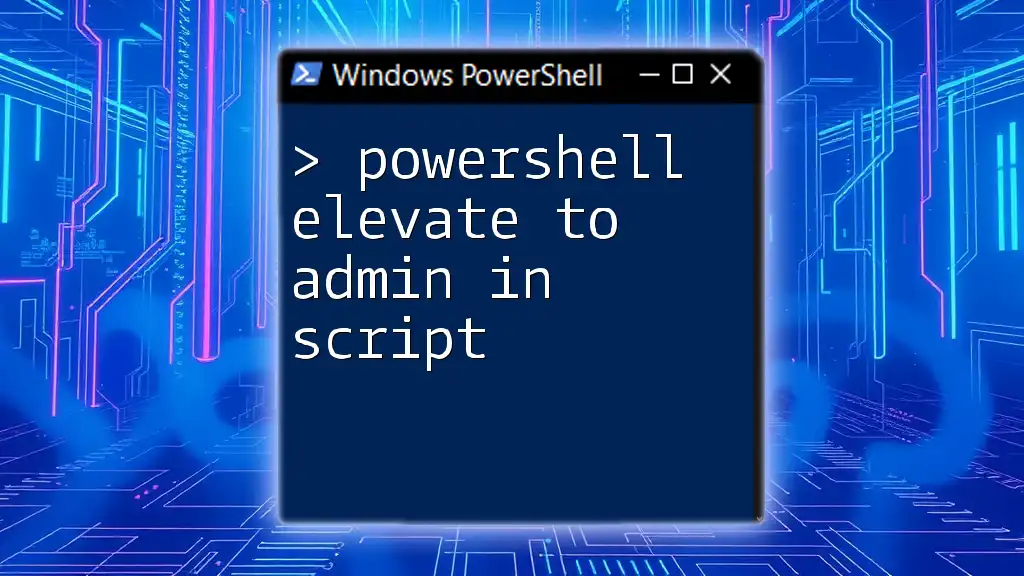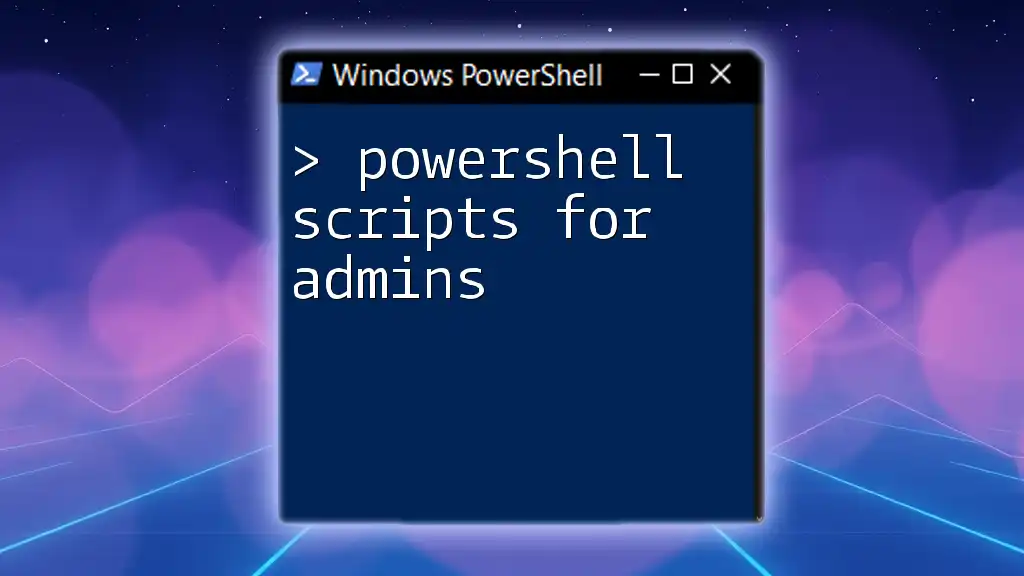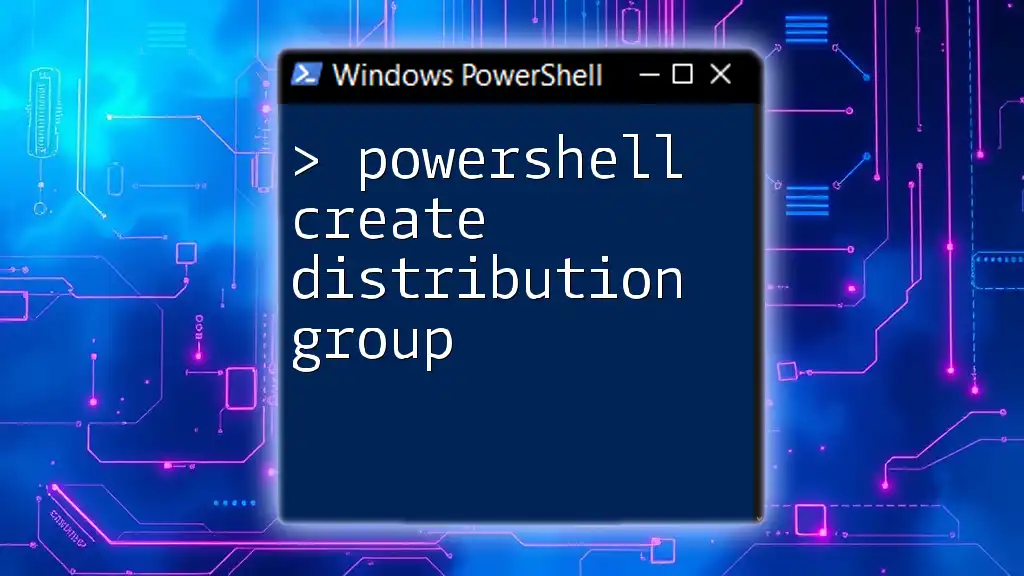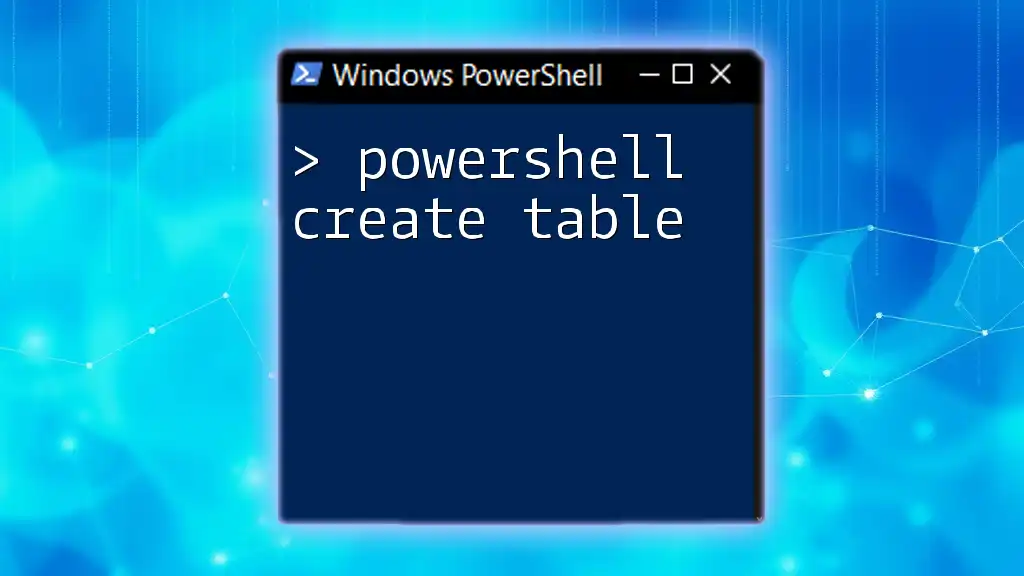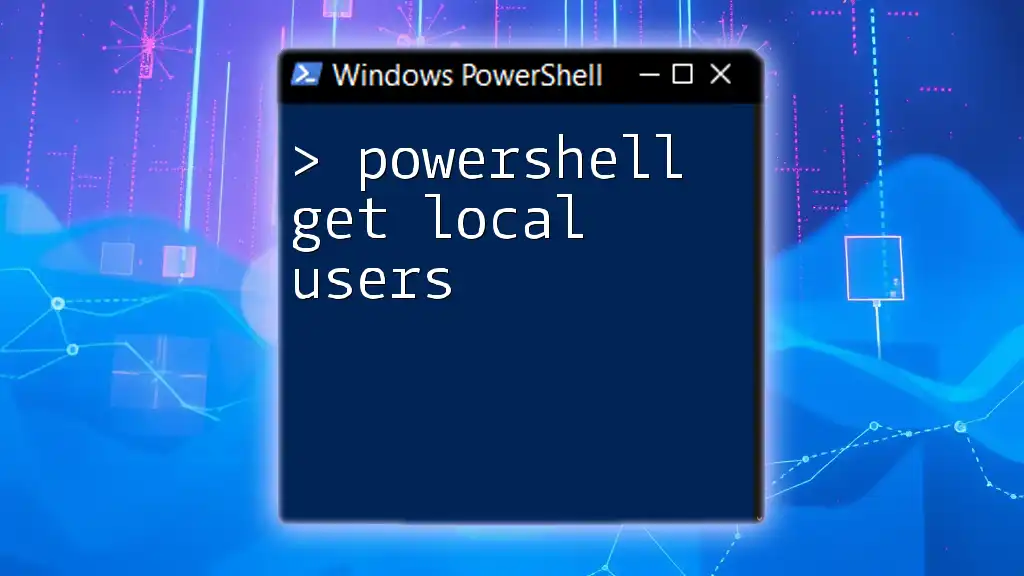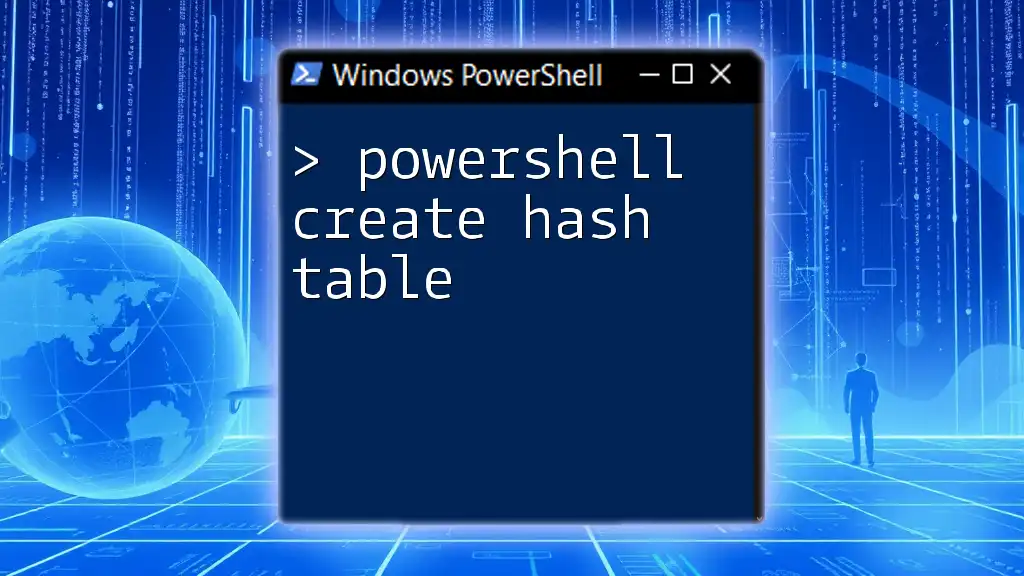To create a local admin account using PowerShell, you can use the following command which creates a new user and adds it to the Administrators group:
$UserPassword = Read-Host -AsSecureString "Enter Password"
New-LocalUser "NewAdminUser" -Password $UserPassword -FullName "Local Admin" -Description "This is a local admin account"
Add-LocalGroupMember -Group "Administrators" -Member "NewAdminUser"
Understanding Local Admin Accounts
What is a Local Admin Account?
A local admin account is a user account on a Windows operating system that has administrative privileges on that particular machine. These accounts allow users to perform tasks that require elevated permissions, such as installing software, modifying system settings, and managing other user accounts. Unlike domain admin accounts that can manage multiple systems across a network, local admin accounts are limited to the machine they reside on.
When to Create Local Admin Accounts
Creating local admin accounts is crucial in several scenarios:
- For IT Administrators: Who need to perform maintenance tasks or troubleshoot issues on individual computers.
- For Power Users: Who require control over their workstations without needing assistance from IT.
- For Personal Computers: When managing family PCs where others may need administrative functions but should be limited to the specific machine.
Benefits of having local admin privileges include the ability to quickly install applications and manage resources without needing to contact a network administrator, thus improving efficiency and reducing downtime.
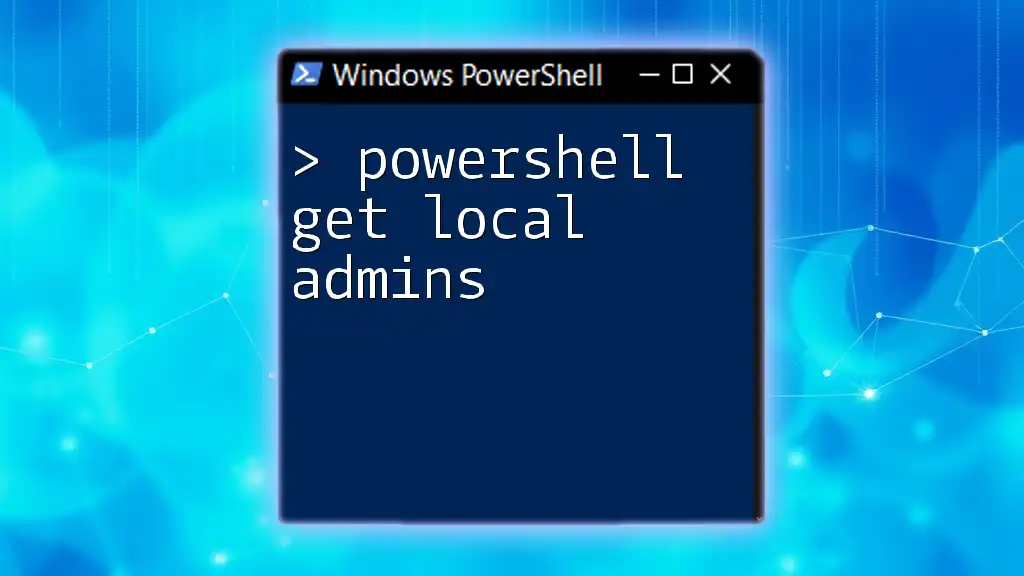
Setting Up PowerShell
Opening PowerShell
To create a local admin account using PowerShell, you first need to launch the PowerShell application. You can do this by:
- Pressing `Win + X` and selecting Windows PowerShell or Windows PowerShell (Admin) for elevated permissions.
- Searching for "PowerShell" in the Start Menu and selecting it.
Understanding the difference between PowerShell and PowerShell ISE is essential. While PowerShell is a command-line shell, PowerShell ISE (Integrated Scripting Environment) provides a user-friendly interface for writing and testing scripts.
Checking Execution Policy
Before executing PowerShell commands, it's crucial to check your execution policy. The execution policy determines the conditions under which PowerShell loads configuration files and runs scripts.
To check the current execution policy, use the following command:
Get-ExecutionPolicy
If the returned policy is too restrictive, you can change it to allow scripts to run by using:
Set-ExecutionPolicy RemoteSigned
Note: Always ensure you understand the implications of changing the execution policy, as this can affect the security of your system.

Creating a Local Admin Account
Basic Syntax for Creating a Local User
Creating a local user account in PowerShell generally involves using the `New-LocalUser` cmdlet. The syntax is as follows:
New-LocalUser -Name "<UserName>" -Password <SecureString> -FullName "<FullName>" -Description "<Description>"
Step-by-Step Command Breakdown
Using New-LocalUser Cmdlet
To create a new local user account, you will use the `New-LocalUser` cmdlet. This cmdlet allows for the specification of various parameters to define the account.
Code Example
Here's an example command to create a local admin account:
New-LocalUser -Name "AdminUser" -Password (ConvertTo-SecureString "SecurePassword123!" -AsPlainText -Force) -FullName "Admin User" -Description "Local Administrator Account"
In this command:
- `-Name` specifies the username for the account.
- `-Password` defines the account’s password. Here we utilize the `ConvertTo-SecureString` cmdlet to encrypt the password.
- `-FullName` provides a user-friendly name for the account.
- `-Description` gives context about the account’s purpose.
Adding the User to the Administrators Group
Understanding User Groups
To give the new user administrative privileges, you must add them to the Administrators group. This allows the user to perform tasks that require higher access rights.
Code Example
To add the newly created user to the Administrators group, use the following command:
Add-LocalGroupMember -Group "Administrators" -Member "AdminUser"
This command will ensure that the `AdminUser` has administrative privileges on the local machine.
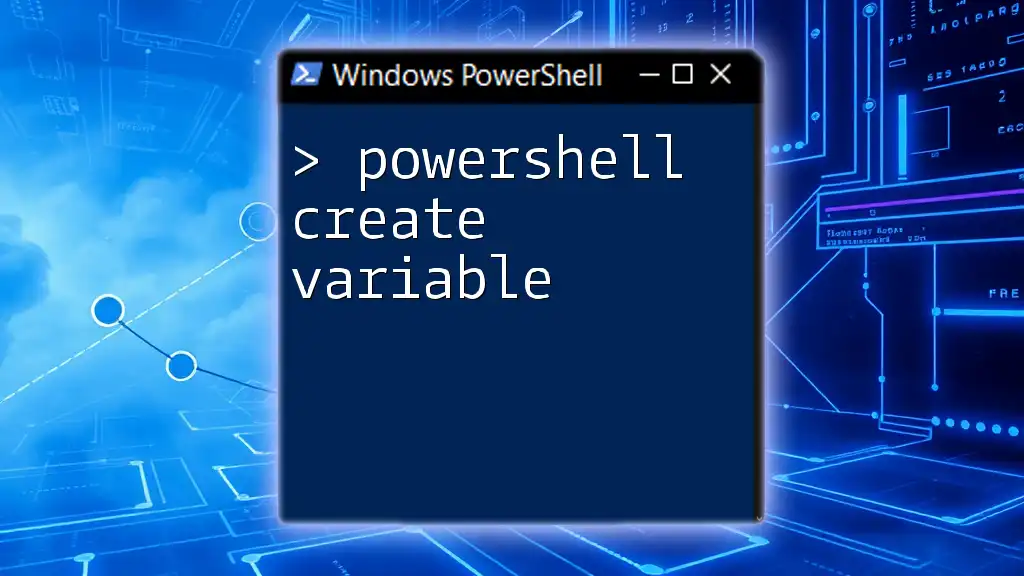
Verifying the Creation of the Admin Account
Listing Local Users
After creating the local admin account, it’s essential to verify that the account has been created correctly.
Code Example
You can check the existing local users by executing this command:
Get-LocalUser
This command will display a list of all local user accounts currently on your system.
Confirming Group Membership
To verify that the newly created user has been added to the Administrators group, you can check the membership of that group.
Code Example
Use the following command to view the members of the Administrators group:
Get-LocalGroupMember -Group "Administrators"
This will show a list of all users, including AdminUser, that have administrative access on the system.
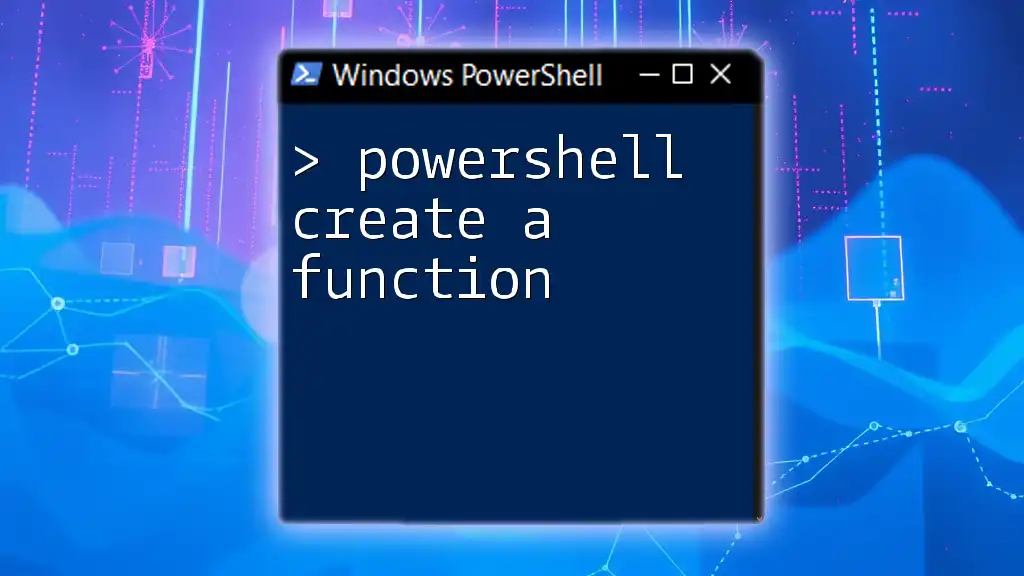
Managing Local Admin Accounts
Modifying an Existing Local User
If you need to make changes to an existing local user account, you can modify account properties using the `Set-LocalUser` cmdlet.
Code Example
For example, to change the description of the existing user, you would use:
Set-LocalUser -Name "AdminUser" -Description "Updated Local Admin Account"
This command updates the description of the AdminUser account without changing any other attributes.
Removing a Local Admin Account
When an admin account is no longer necessary or if it was created by mistake, it’s important to know how to remove it properly.
Code Example
To delete a local user account, use this command:
Remove-LocalUser -Name "AdminUser"
This command removes the AdminUser from the system entirely.
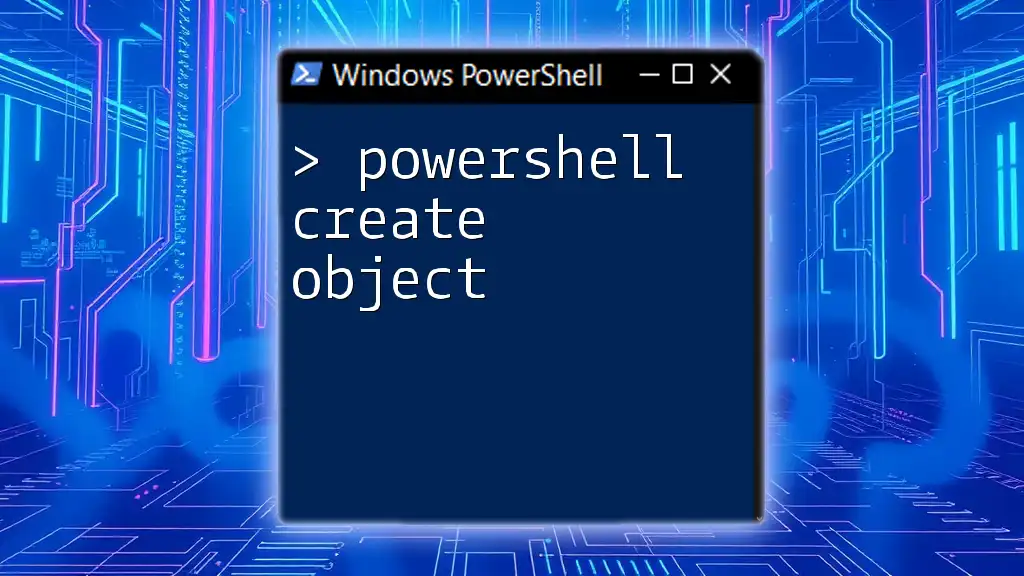
Best Practices for Local Admin Accounts
Security Considerations
When managing local admin accounts, always prioritize security. Use strong passwords for all admin accounts to mitigate the risk of unauthorized access. Regularly audit local admin accounts to ensure that they are still needed and that the password policies are enforced.
Recommended Local Admin Account Management Strategies
- Limit the number of local admin accounts on each machine to reduce security vulnerabilities.
- Keep user accounts and passwords updated and decommission any accounts no longer in use.
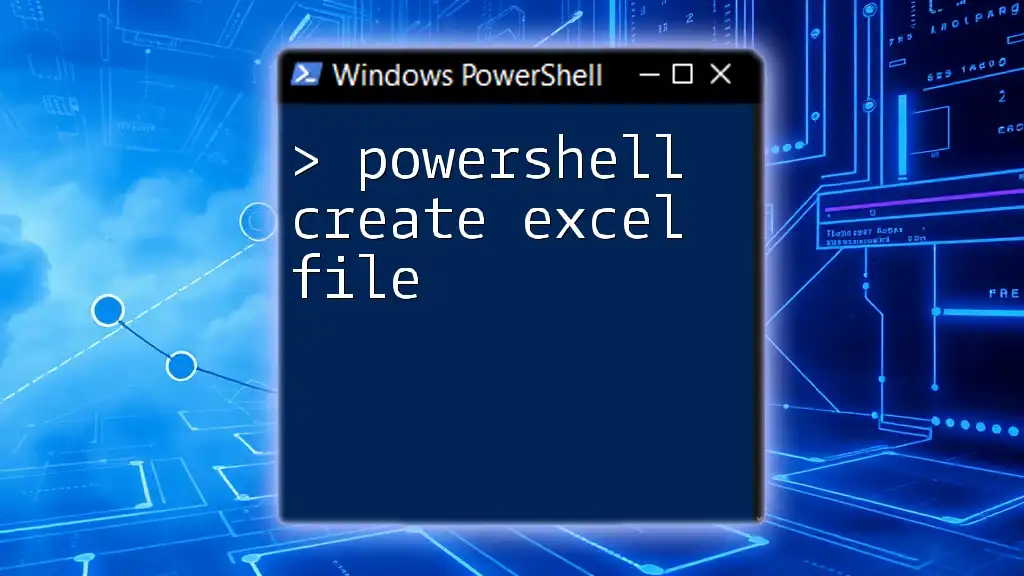
Conclusion
Creating and managing local admin accounts using PowerShell can streamline administrative tasks on Windows machines. With the syntax and examples provided, you have the tools necessary to create, verify, modify, and remove local admin accounts efficiently.
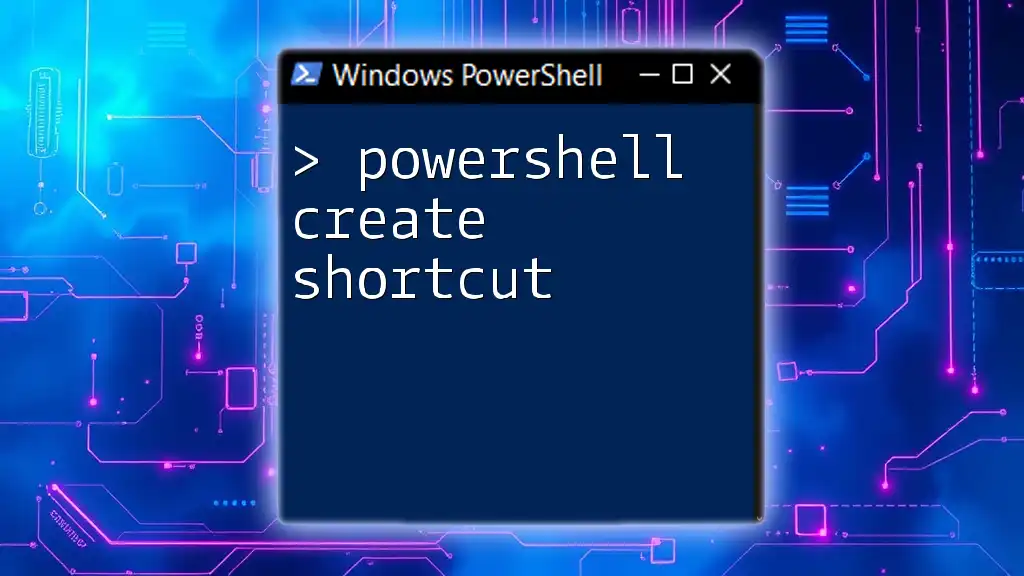
Additional Resources
Further Learning
For those looking to deepen their understanding, consider exploring the official PowerShell documentation, which provides comprehensive details on cmdlets and their usage.
Community and Support
Engage with the PowerShell community through forums and online groups. These platforms can offer invaluable support as you continue to learn and expand your PowerShell skills.

